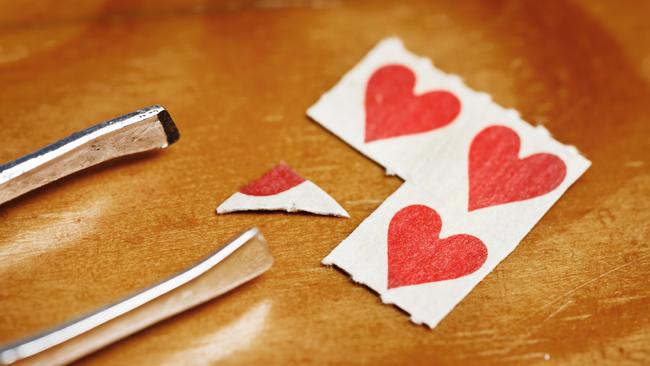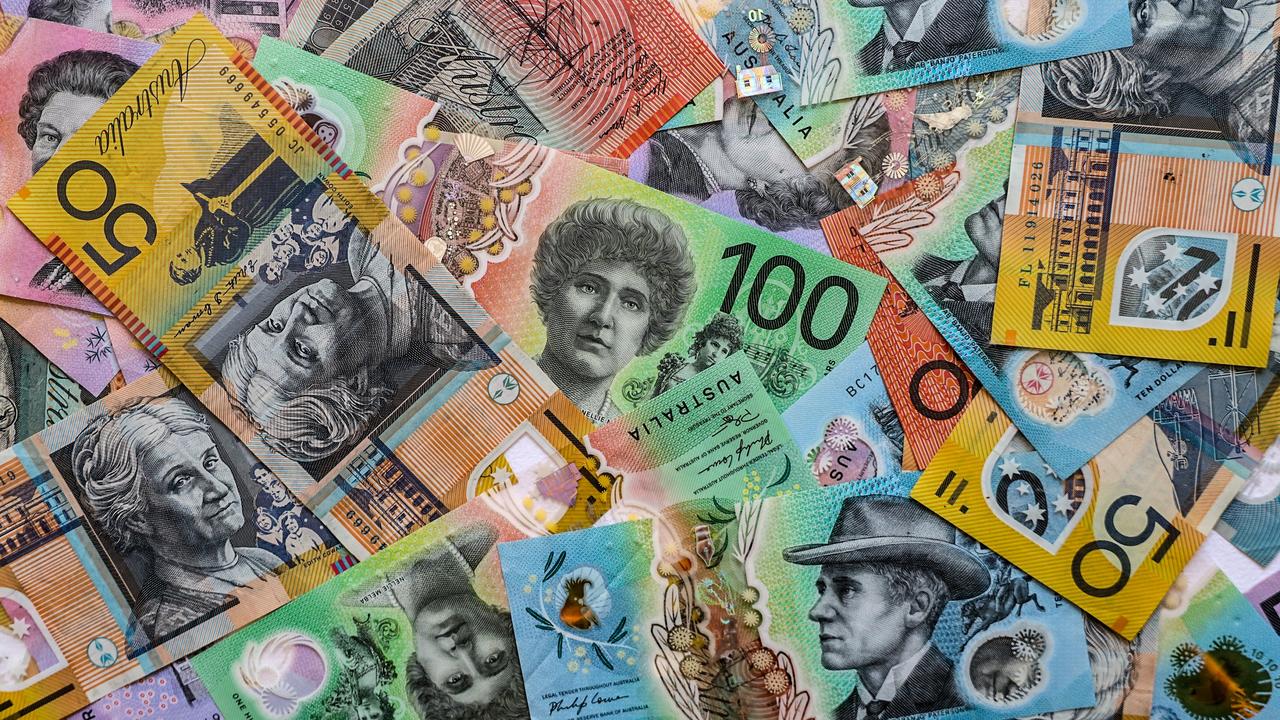Why LSD is being used in workplaces in Silicon Valley
FORGET coffee and meditation. Young professionals are increasingly turning to a controversial new technique to boost their productivity at work.

YOUNG professionals are taking a new kind of work trip.
Forget Bulletproof Coffee, meditation or lying-down desks. The latest work craze sweeping through the Silicon Valley to literally take drugs at work.
Specifically, taking a very, very small amount of LSD, magic mushrooms or other psychedelic drug — usually around one tenth of a regular dose.
For LSD, that works out to around 10-20 micrograms. Advocates claim it’s enough to ensure don’t you hallucinate, but still enjoy the positive benefits such as improved mental functioning, emotional balance and even physical stamina.
Known as “micro-dosing”, the idea was first developed by the Swiss scientist Albert Hoffman, but has been gaining traction over the past five years ago through the promotion of psychedelics researcher Dr James Fadiman, who has been investigating the effects of psychedics on creative problem solving since the 1960s.
Since then the idea has gradually grown in popularity, but according to Rolling Stone, Dr Fadiman receives a “steady, consistent stream” of feedback from professionals in the San Francisco area, usually from “übersmart twenty-somethings” looking for ways to become more innovative.
“Microdosing has helped me come up with some new designs to explore and new ways of thinking,” one 25-year-old tech start-up employee told Rolling Stone.
“You would be surprised at how many people are actually doing it.”
He described one day at the office microdosing, which Dr Fadiman advocated doing once every four days, as an “epic time”.
“I was making a lot of sales, talking to a lot of people, finding solutions to their technical problems,” he said.
In an interview with Vice, Dr Fadiman said he had received hundreds of “trip reports”.
“People do it and they’re eating better, sleeping better, they’re often returning to exercise or yoga or meditation. It’s as if messages are passing through their body more easily,” he said.
“This is total guesswork, but so many different conditions that I’ve seen are improved, it looks like it rebalances those pistons which are not in balance.
“This may be in your central nervous system, it may be the brain stem, it may be that it’s improving function of mitochondria.
“One woman who had painful, crampy periods started microdosing and when her period came, she had no problems.”
But it’s not always positive. Dr Fadiman said he had received five reports from people who did not enjoy the experience, while others felt anxious or depressed in the weeks after microdosing despite the initial positive effects.

Australian Steve McDonald, founder of the non-profit group Psychedelic Research in Science & Medicine, said microdosing was emerging as the latest big trend in psychedelic use, which itself is undergoing a global “renaissance”.
“Research shows that the classic psychedelics tend to shut down or minimise activity in some parts of the brain which are related to controlling sensory input. As you can imagine, at any moment there’s a massive amount of sensory input coming in,” he said.
“If we were aware of it all and trying to process it would overwhelm us, but at a very low level, psychedelics enhance your attention and capacity to process information, and hence they’re useful for boosting creativity and work performance.”
Despite some high-profile cases of LSD-related deaths, including 15-year-old Arthur Cave, son of musician Nick Cave, who fell from a cliff after taking the drug, and 21-year-old Roberto Curti, who was under its effects when tazered by NSW police in 2012, Mr McDonald insists it’s much safer than alcohol or tobacco.
“It is a fact that some of these substances can amplify whatever is going on in someone’s psyche, so if they have a low-level psychosis or some psychological issue that will be magnified by taking psychedelic substances,” he said.
“But in terms of the media hype around these kinds of events, look at the facts. How many people have to be restrained or end up killing themselves or someone else every week when under the influence of alcohol? It just doesn’t compare.”
Julian Moran, an Australian who now lives in the Peruvian Amazon guiding travellers through psychedelic experiences with the traditional plant ayahuasca to treat everything from depression to post-traumatic stress disorder, said micro-dosing could boost creativity and problem solving.
“Seeing as the experience is subperceptual, people remain able to function as per normal, with users reporting increased awareness and problem solving ability, creativity, and mood stabilisation,” said Mr Moran, who now works at the Amaru Spirit retreat in Iquitos.
“As Einstein said, ‘No problem can be solved from the same level of consciousness that created it.’ [So] it stands to reason that the expansion of consciousness, even on a small scale, can result in substantial changes to the thought process which can produce solutions that were otherwise unavailable.”
According to the Global Drug Survey, Australians are among the highest users of illicit drugs per capita in the world, and data from the National Drug and Alcohol Research Centre shows LSD use significantly increased between 2008 and 2013.
Earlier this year, a group of scientists in the UK suggested psychedelic drugs could be effective treatments for depression and alcoholism, based on a landmark study using brain scans on people under the influence of LSD.
Professor David Nutt, who led the trial, told The Guardian the early results from 20 patients were “very promising”, adding to existing evidence that such drugs could help reverse patterns of negative or addictive thinking.
“These drugs offer the greatest opportunity we have in mental health,” he said. “There’s little else on the horizon.”
According to the Australian Crime Commission, however, short-term effects of LSD use “may include extreme emotional swings, fear, panic and paranoia”, while long-term effects of LSD use “may include ‘flashbacks’, impaired memory and concentration and increased potential risk of mental illness”.
In 2013-14, the number of detections of trytamine-containing substances including LSD and psilocybin mushrooms detected at the Australian border surged by 258.5 per cent. That included 344 LSD detections and 123 psilocybin mushroom detections.




